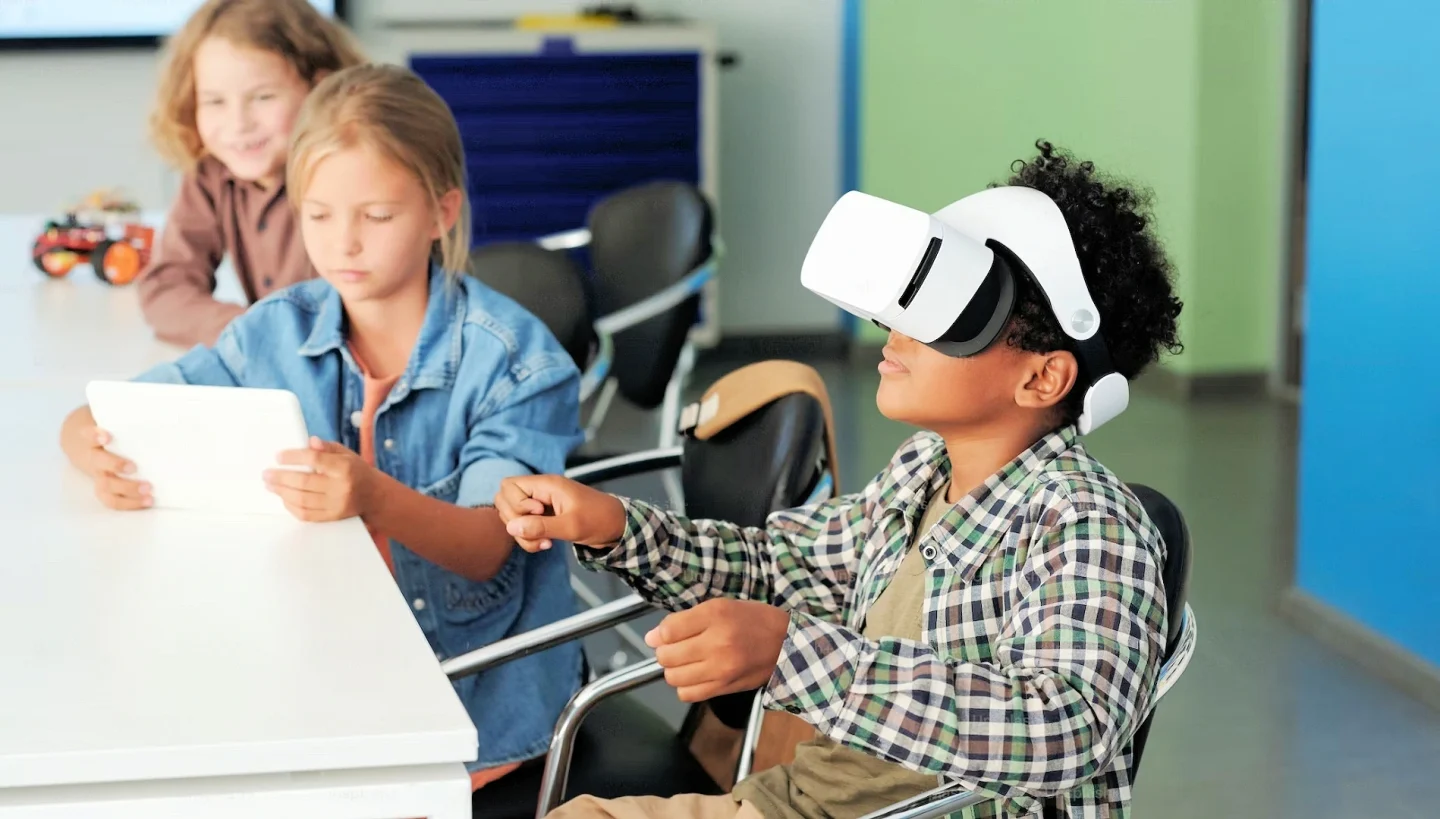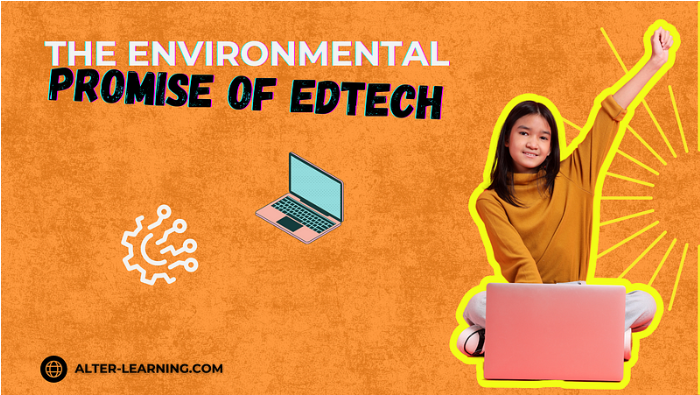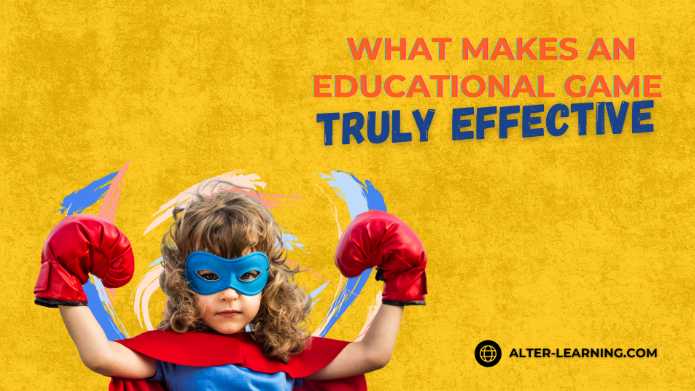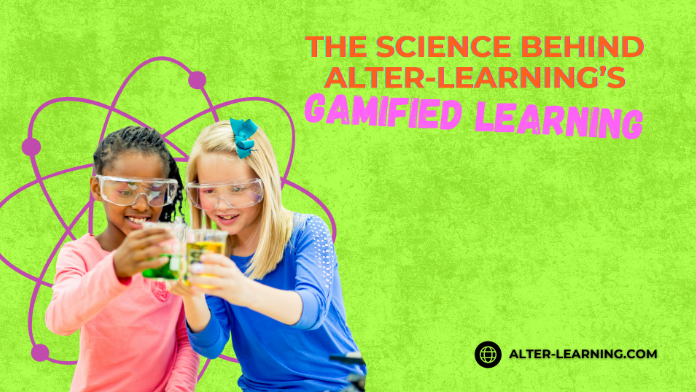Virtual Reality (VR) is not just another technological trend; it’s a game-changer in understanding and imparting education. This immersive tool can remarkably teleport students to various parts of the world or even different eras right from their classroom. Let’s explore VR’s profound potential in reshaping global education, from fostering cultural sensitivity to promoting inclusivity.
VR: A Glimpse into World Cultures
Imagine not just reading about a bustling festival in India or a poignant African ritual but feeling like you’re right there amidst ambitions or ceremonies. VR turns this dream into reality. Such immersive experiences can instill a profound empathy in students and a richer appreciation of global cultures. It’s not just about absorbing information; it’s about living a slice of someone else’s life.
VR’s Double-edged sword
As magical as VR’s promise sounds, it is challenging. The critical concern is whether a VR experience deepens cultural understanding or oversimplifies it. If the experience paints an oversimplified or stereotypical image of a culture, it could perpetuate misconceptions. Moreover, there’s a potential for misuse, where VR experiences could be designed to reinforce stereotypes or even promote harmful ideologies. Therefore, both creators and educators are responsible for ensuring that VR content captures the essence of cultures authentically and respectfully.
On the other hand, VR opens the door to genuinely interactive global education. Students can virtually tour ancient landmarks, converse with locals, or even participate in traditional festivities. But beyond these delightful journeys, VR can also depict harsher realities, like the inside of a refugee camp or the devastation in a war-torn city. Such poignant experiences can deepen students’ empathy.
Championing Inclusivity with VR
VR has an equally vital role to play in fostering inclusivity in education. Tailored VR experiences can offer students with special needs an opportunity to engage in activities that might be challenging in real life. Whether it’s replicating a physical space, like a laboratory for those with mobility issues, or providing a unique learning interface for dyslexic or autistic students, VR can be a game-changer.
Hurdles in VR’s Educational Odyssey
While the potential is vast, there are real challenges to grapple with:
- Cost: VR headsets and related software can be expensive, potentially limiting widespread adoption in schools.
- Content Gap: The educational VR content pool must grow deeper to cater to diverse learning needs.
- Training Needs: With VR being a novel tool, there’s an inevitable learning curve for both educators and students.
Embracing Diversity in the Digital Classroom
VR doesn’t just offer a window to the world; it’s also a tool for equitable education. Tailored VR modules can ensure every student, irrespective of their challenges, feels included. Additionally, VR transcends physical boundaries, enabling a student in Tokyo to partner on a project with another in Buenos Aires and facilitating global collaborations.
A Collective Responsibility: Policymakers and Researchers
Steering VR’s integration into global education is a collective responsibility that demands a concerted effort from all stakeholders, especially policymakers and researchers. Their role in formulating standards, conducting research, and ensuring accessibility is integral to the successful integration of VR in education.
- Standardization: Policymakers must formulate standards to ensure the quality and cultural sensitivity of VR content.
- Research: As we tread this new path, researchers can illuminate VR’s efficacy in fostering global understanding.
- Accessibility: Ensuring VR’s reach extends to all is paramount, making education a level playing field.
Summary
Virtual Reality stands as a powerful catalyst for reshaping global education, offering immersive experiences that foster cultural sensitivity and inclusivity. While the technology presents remarkable opportunities to bridge cultural divides and engage students in unique ways, it also poses challenges that must be addressed to ensure responsible use. By committing to authentic representation and diverse content creation, educators and creators can harness VR’s potential to deepen understanding and empathy. Moreover, as we work towards making VR accessible and effective for all learners, collaboration among policymakers, researchers, and educators will be crucial in establishing standards and fostering innovative practices. Embracing this transformative technology promises not only to enhance education but also to cultivate a more connected and empathetic global community.




